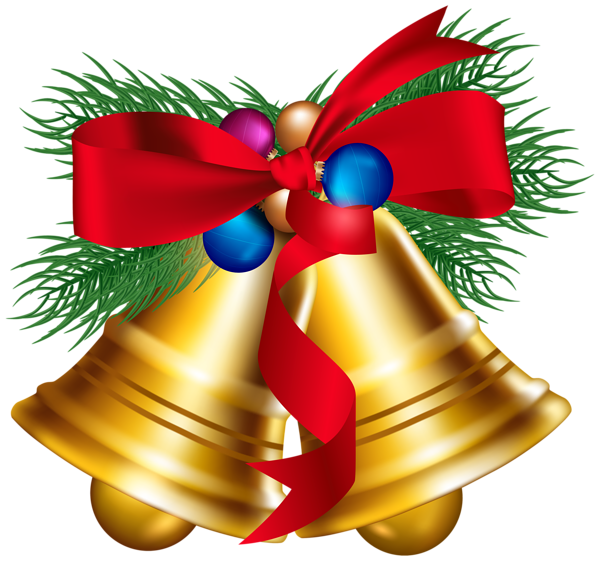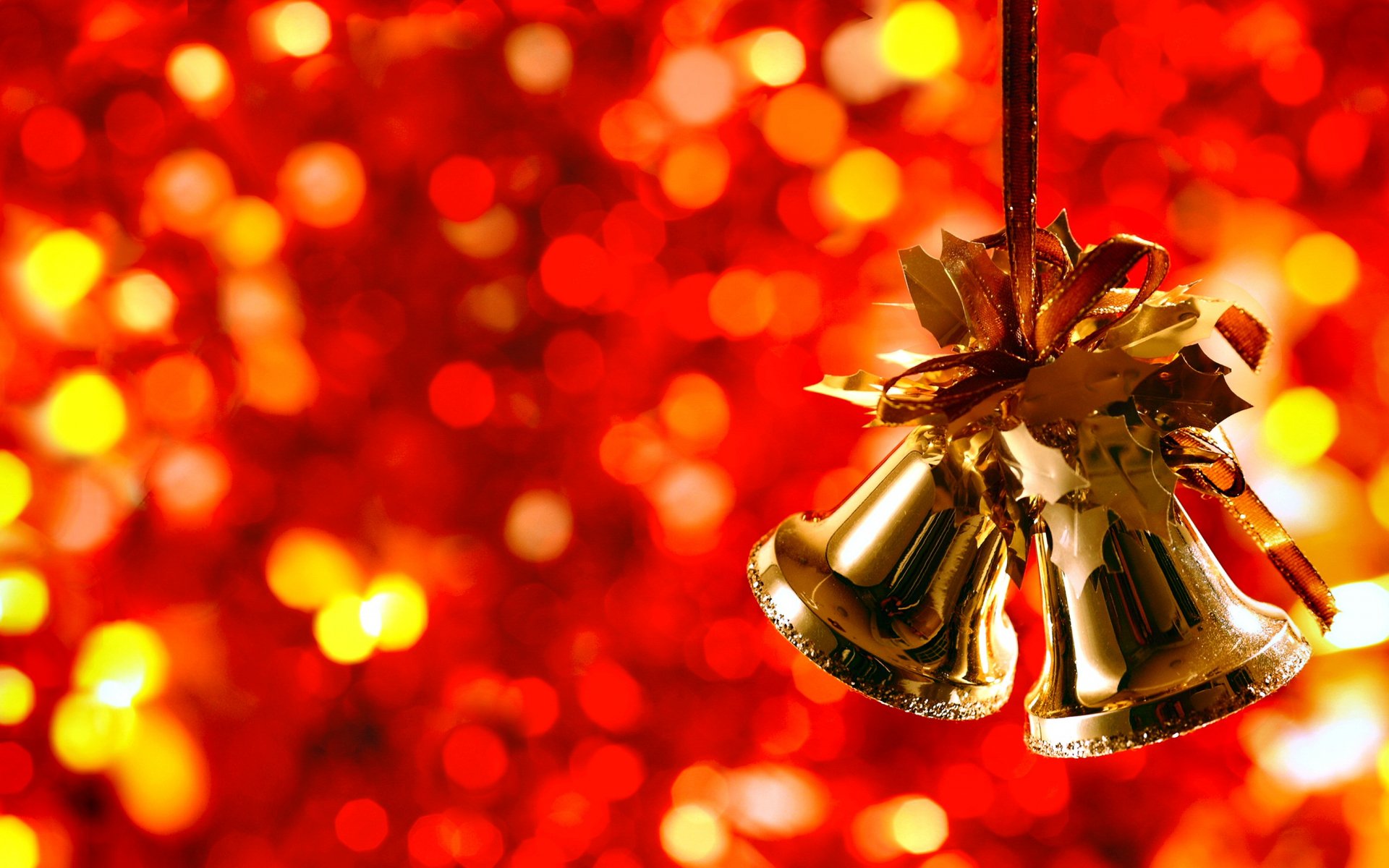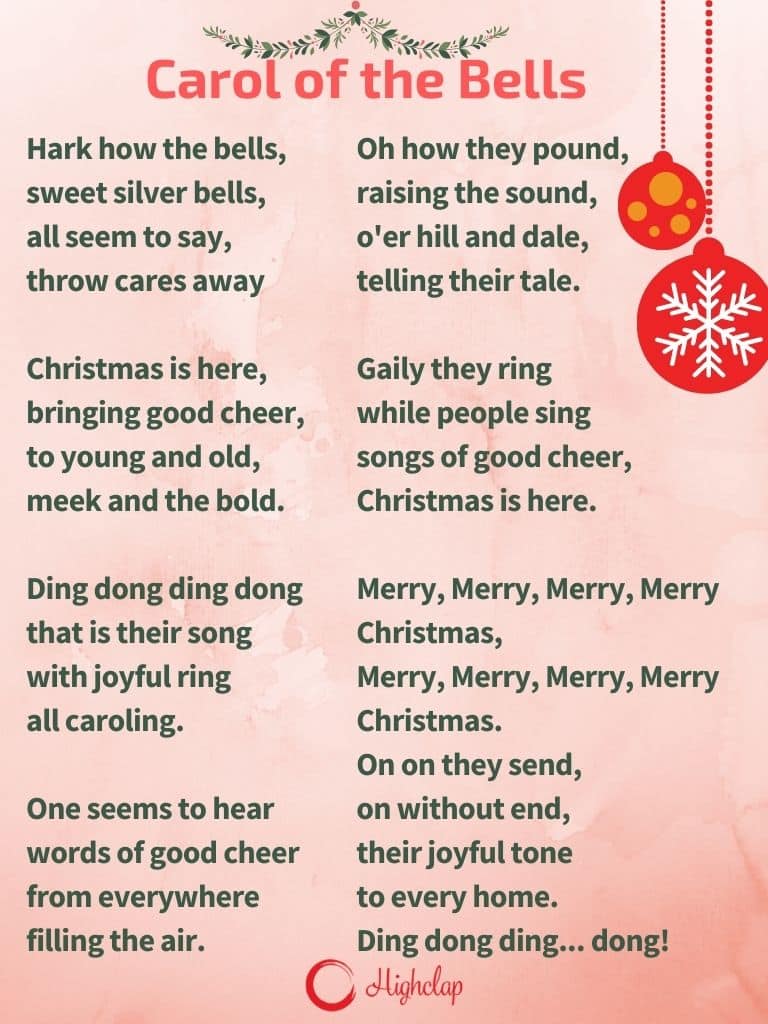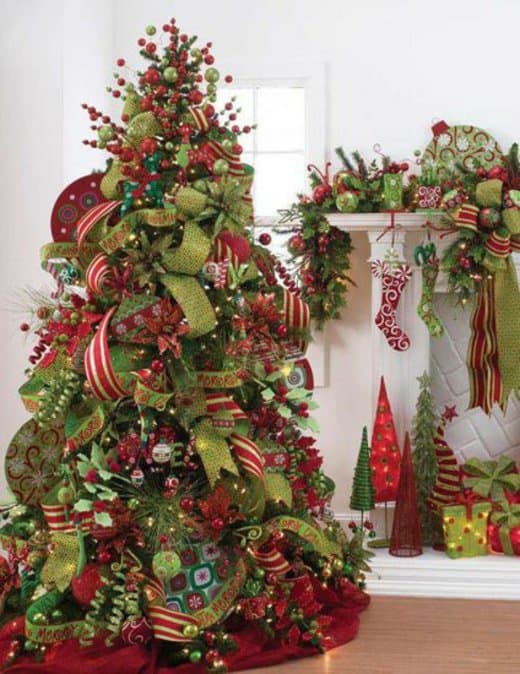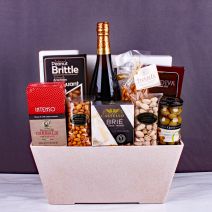Christmas Bells History 2023. The other verses are about driving the 'one horse open sleigh' rather fast and crashing it! Often only the first verse (and chorus) are now sung. Bells have been used in the past to not only provide music and a sense of celebration and to ward off demons and evil spirits. They are rung at churches on Christmas Eve, featured on greeting cards, elf costumes, Santa's sleigh, and wreaths. That is the music of the bells. Incorporating bells into music is not new. Over time, Bells have evolved to become more than just a tool to communicate with folks in the community. Sleigh Ride Ding Dong Merrily On High Caroling Caroling Here Comes Santa Claus Winter Wonderland Many Children will perform with handbells at school performances which have been a Christmas staple for decades.

Christmas Bells History 2023. The first Christmas bells were probably used by early Christians in Rome. Incorporating bells into music is not new. Bells Christmas joy naturally overflows into music. The peaceful and neighbourly existence of three families, Polish, Ukrainian and Jewish, sharing a large house. Christmas bells are a popular symbol of the holiday season. Christmas Bells History 2023.
But where do these festive little trinkets come from?
Christmas Bells FAQs History of Christmas Bells Although difficult to know for sure, the first use of bells in wintertime may have been Pagan winter celebrations.
Christmas Bells History 2023. But most of these traditions are relatively young. They are rung at churches on Christmas Eve, featured on greeting cards, elf costumes, Santa's sleigh, and wreaths. It makes some people just want to burst into song, however there are those. The church bells ringing to mark the holiday are the central image of the poem. Drama, History Immortalised as one of the most scintillating and uplifting Christmas songs, 'Carol of the Bells' adapted from a popular and loved Ukrainian folk melody, came to represent the spirit of brotherhood and unity all over the world.
Christmas Bells History 2023.
 Cheap Christmas Flowers 2023 Best ideas, tips and information on cheap christmas flowers 2023
Cheap Christmas Flowers 2023 Best ideas, tips and information on cheap christmas flowers 2023




